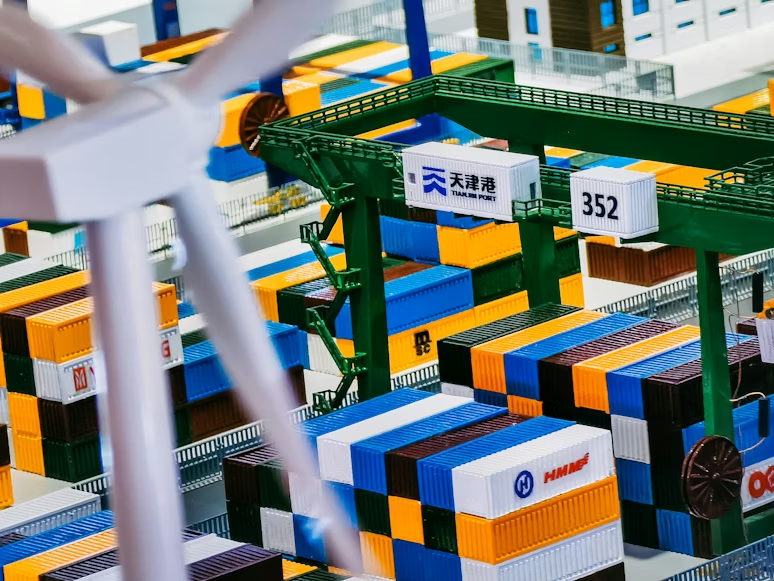In Germany, recent strides in technology are altering work environments by merging physical and digital realms. This fusion, facilitated by advanced automation and digitalization, allows technology to execute tasks independently. Technologies such as cyber-physical systems, smart factories, big data analytics, artificial intelligence (AI), and augmented reality (AR) exemplify this shift. While these cutting-edge advancements can autonomously perform tasks, concerns linger about potential job losses. The relationship between these technologies and employment is complex, with theories suggesting varied outcomes across workers, firms, and economic sectors.
To understand the impact on jobs, extensive research has explored this link using aggregate data for economies and specific industries. However, there’s a lack of analysis at the level of individual workers and firms due to limited datasets measuring technology usage and its impact on workers. Addressing this gap, two German research institutes created a comprehensive dataset covering all industries to study the labor market effects of digital technologies, revealing nuanced insights.
Theoretically, the effect of new technologies on employment is uncertain. While automation might displace certain jobs, it can also create new roles, improve product demand, and foster job growth in various sectors. Empirical evidence, largely centered on industrial robots, shows mixed employment impacts across different regions and industries. However, there’s limited understanding beyond robots regarding the impact of cutting-edge digitalization and automation technologies on employment.
The unique linked employer-employee dataset from Germany sheds light on these technologies’ effects across worker groups. Contrary to widespread concerns, recent studies using this dataset reveal that while firms adopting advanced technologies see gains, these benefits are unevenly distributed among workers. For instance, IT workers and those in business services witness more stable employment in technology-adopting firms. Additionally, workers involved in complex tasks tend to fare better in such firms compared to those engaged in simpler tasks.
This nuanced impact highlights the need for proactive policy responses. Policymakers can encourage enrollment in STEM subjects to prepare individuals for technology-driven jobs, promote lifelong learning to adapt to evolving skill requirements, and implement retraining programs to facilitate career shifts. Supporting displaced workers, reducing labor market frictions, and enhancing labor market platforms are other essential strategies for navigating this changing landscape.
In conclusion, as cutting-edge technologies reshape workplaces, policymakers play a crucial role in preparing the workforce for the future. Investing in understanding technology adoption in firms and implementing responsive labor market policies can help individuals adapt to the evolving demands of the job market.

















